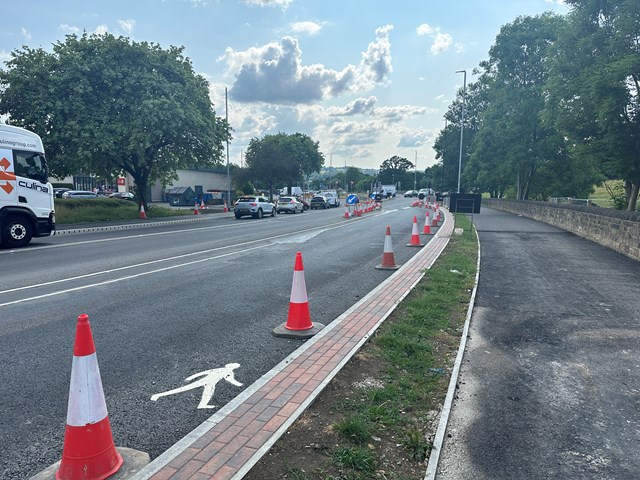The hustle and bustle of urban life often comes with a symphony of sounds, among which the din of road work is a prominent feature. While road construction is crucial for maintaining and improving infrastructure, it also brings with it an inevitable companion: noise pollution. The clamor of heavy machinery, the clang of metal against pavement, and the rumble of trucks can disrupt communities, harm wildlife, and degrade the quality of life for residents. However, there are strategies and technologies available to mitigate the environmental impact of road work and noise pollution, ensuring that progress doesn’t come at the cost of tranquility and environmental health.
Understanding the Impact
Noise pollution, defined as unwanted or harmful sound that interferes with normal activities, is a pervasive issue in both urban and rural areas. Road work contributes significantly to noise pollution, with construction equipment and traffic generating high decibel levels that can exceed recommended limits set by health authorities. Prolonged exposure to such noise can lead to stress, hearing loss, sleep disturbances, and other adverse health effects in humans. Moreover, wildlife habitats are disrupted, affecting the behavior and reproductive patterns of animals sensitive to sound.
Mitigation Strategies
1. Planning and Scheduling
One of the most effective ways to mitigate the impact of road work and noise pollution is through careful planning and scheduling. By conducting thorough environmental assessments and considering community feedback, authorities can identify sensitive areas and times when noise levels should be minimized. This may involve scheduling construction activities during off-peak hours, such as at night or on weekends, to reduce disturbance to residents and wildlife.
2. Noise Barriers and Insulation
Installing noise barriers along construction sites can help absorb and deflect sound waves, reducing the propagation of noise into surrounding areas. These barriers can be constructed using a variety of materials, including concrete, wood, and vegetation, depending on the specific needs of the location. Additionally, incorporating sound insulation techniques into building design can minimize indoor noise levels for nearby residents and businesses.

3. Advanced Equipment and Technology
Advancements in construction equipment and technology have enabled the development of quieter machinery and processes. For example, electric-powered construction equipment produces less noise and air pollution compared to traditional diesel-powered machinery. Similarly, innovative construction techniques, such as precast concrete pavement systems, can expedite project timelines while minimizing disruption to communities.
4. Public Education and Communication
Effective communication with the public is essential in garnering support for road construction projects and managing expectations regarding noise levels. Providing regular updates on project timelines, noise mitigation measures, and alternative transportation routes can help alleviate concerns and build trust within the community.
Additionally, educating residents on the importance of noise pollution mitigation and encouraging behavior changes, such as reducing vehicle idling and using noise-canceling headphones, can contribute to a more harmonious urban environment. Please check out linemarkingpro.com to find more information about environmental impact of road work.
Conclusion
Road work is a necessary aspect of urban development, but it doesn’t have to come at the expense of environmental quality and community well-being. By implementing thoughtful planning, utilizing innovative technologies, and fostering open communication with the public, authorities can effectively mitigate the environmental impact of road construction and noise pollution. By paving the way for sustainable infrastructure development, we can create cities and communities that thrive while preserving the peace and serenity of our surroundings.

